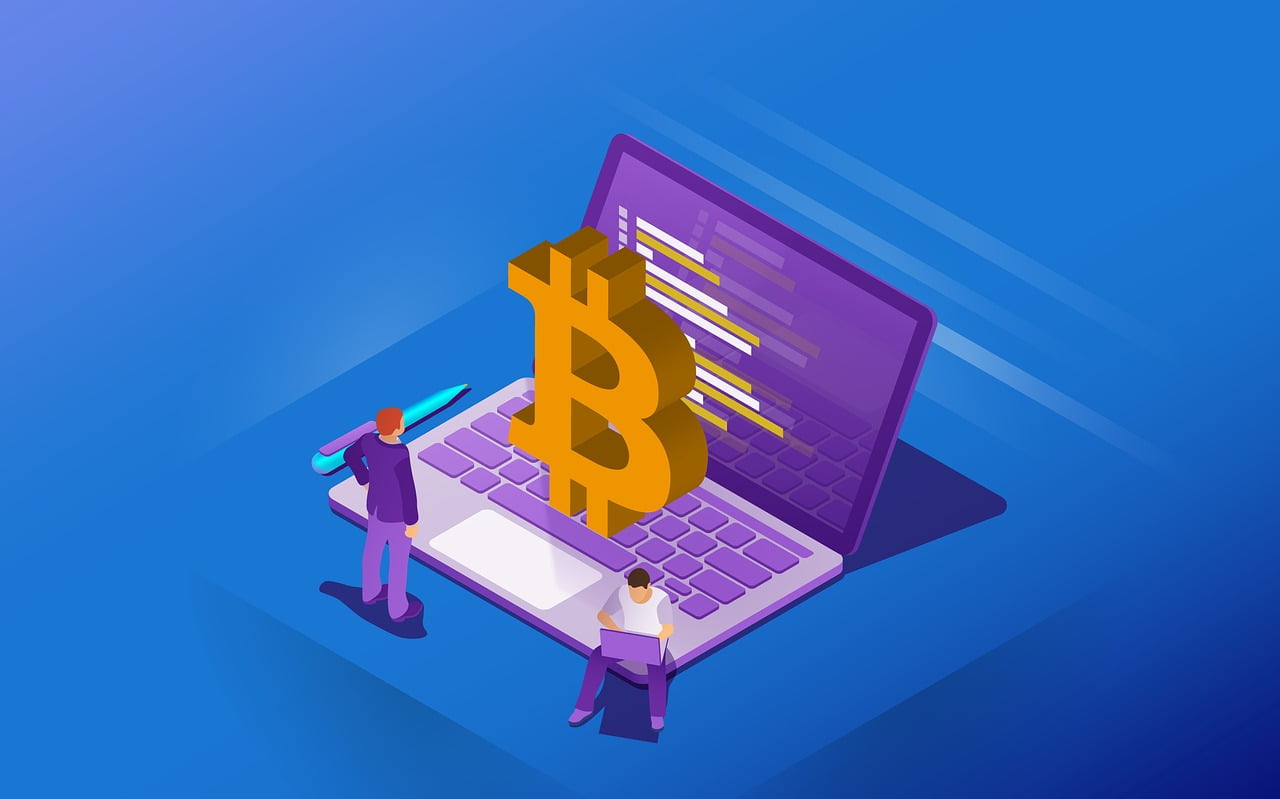If a cartel of Bitcoin miners wanted to, they could render the whole blockchain useless
Q2 2021 hedge fund letters, conferences and more
More than a decade ago when Satoshi Nakamoto wrote the original Bitcoin whitepaper, he envisioned a “peer-to-peer” electronic cash system that removes the possibility of a single point of failure, censorship, or a centralized authority taking over the network. It was supposed to be fully decentralized. Fast forward to 2021 and look beyond the hype - you’ll be surprised to see that the Bitcoin network has become uncomfortably centralized.
The Sacrificial Goat
As Elon Musk pointed out in response to a Twitter thread by crypto bull Peter McCormack, Bitcoin is highly centralized with a small number of miners controlling a majority of the hashing power. The Bitcoin hash rate plunged 35% when a single coal mine in Xinjiang flooded in April this year. It was a stark reminder of how centralized the Bitcoin network has become.
According to the Cambridge Bitcoin Electricity Consumption Index, China’s share of the global Bitcoin energy consumption has declined from 75% in September 2019 to 46% in April 2021. Miners have slowly been moving away from China, but it remains a dominant player in Bitcoin mining.
In their attempt to improve scalability and security, the world’s leading blockchains have turned decentralization into the sacrificial goat.
“Decentralization has lost its way. We’ve broken the dream by centralizing. We outsourced critical infrastructure because either we couldn't be bothered to run it ourselves or the task was simply too onerous,” says Minima founder Paddy Cerri.
Minima, an ultra-lean base layer blockchain protocol, aims to leverage billions of smartphones and IoT devices to achieve “true” decentralization without compromising on security and scalability. Its protocol easily fits on a mobile device, enabling every user to run a full constructing and validating node.
Since millions of users from around the world would be involved in mining the blocks and securing the network, it will be censorship-resistant. To take control of such a network, an individual or institution has to get hundreds of millions of users from across the globe on their side, which is practically impossible.
Blockchain Without Incentives?
Proof-of-Work (PoW) blockchains such as Bitcoin and Ethereum rely on a relatively small number of nodes to accept valid transactions and maintain the security of the network. But the nodes only validate transactions. They don’t mine new blocks. That’s the job left to miners.
Miners are incentivized to find new blocks for the entire ecosystem. More often than not, where there are strong incentives, power gets concentrated in the hands of the few. In the case of Bitcoin, the hashing power is centered in the hands of the Chinese miners. If forced or incentivized by Beijing, these miners could take over the network.
Decentralization reduces the level of trust the network participants place in one another. It deters each participant’s ability to exert control or degrade the network’s functionality.
Even the Proof-of-Stake (PoS) blockchains have only a handful of whales staking most of the tokens, effectively controlling the underlying mechanisms. In short, there are no fully decentralized blockchains at this point.
There need to be a lot of miners but a lot less incentives for mining blocks to achieve true decentralization. But why would people allocate their computing resources to mining if the monetary incentives aren’t attractive enough? Paddy Cerri argues that they would because they will be using their own devices to mine blocks for their own transactions. It wasn’t possible until a few years ago, but it is today with billions of active smartphones and the Internet of Things (IoT) devices.
Is that an attractive enough proposition to get users onboard a fully decentralized blockchain? Probably not, at least not in the initial phase. Minima is running an incentives program for a limited time period to bring more people into the network. After that, it believes the protocol’s ease of adoption will accelerate the node count.
Speed And Scalability
Centralized actors restrict the security, speed, and scalability of blockchain technology. Ethereum is in the process of switching to the Proof-of-Stake (PoS) consensus mechanism with ETH 2.0, which would increase its capacity from just 15-30 transactions per second (TPS) today to around 100,000 TPS.
ETH 2.0 uses the sharding mechanism to scale while maintaining security. Sharding involves dividing up the work by splintering the blockchain into different pieces, each shard validating a specific kind of action. The Ethereum 2.0 network will be more decentralized than the current Ethereum because staking as a smaller barrier to entry than mining.
Cardano, which is getting a lot of attention since launching smart contracts functionality earlier this month, has become the most decentralized PoS network. According to data from Staking Rewards, almost 70% of the total Cardano (ADA) tokens in circulation have been staked to support the network and validate transactions.
In PoW blockchains such as Bitcoin, the base layer has an upper limit on the number of transactions it can handle per second. Bitcoin is unbearably slow (just 4.6 TPS) at processing transactions. Lightning Network and other Layer-2 scaling solutions have emerged to reduce the workload on Bitcoin and help it scale.
Closing Thoughts
Decentralization along with security and scalability are the three pillars of a blockchain. Bitcoin and other blockchains that rely heavily on a small number of miners and stakers are highly vulnerable. That’s the bitter reality. It’s not too late for the popular blockchains to follow the path Minima has taken. By making every user a miner, the project has managed to achieve decentralization without sacrificing security and scalability.






